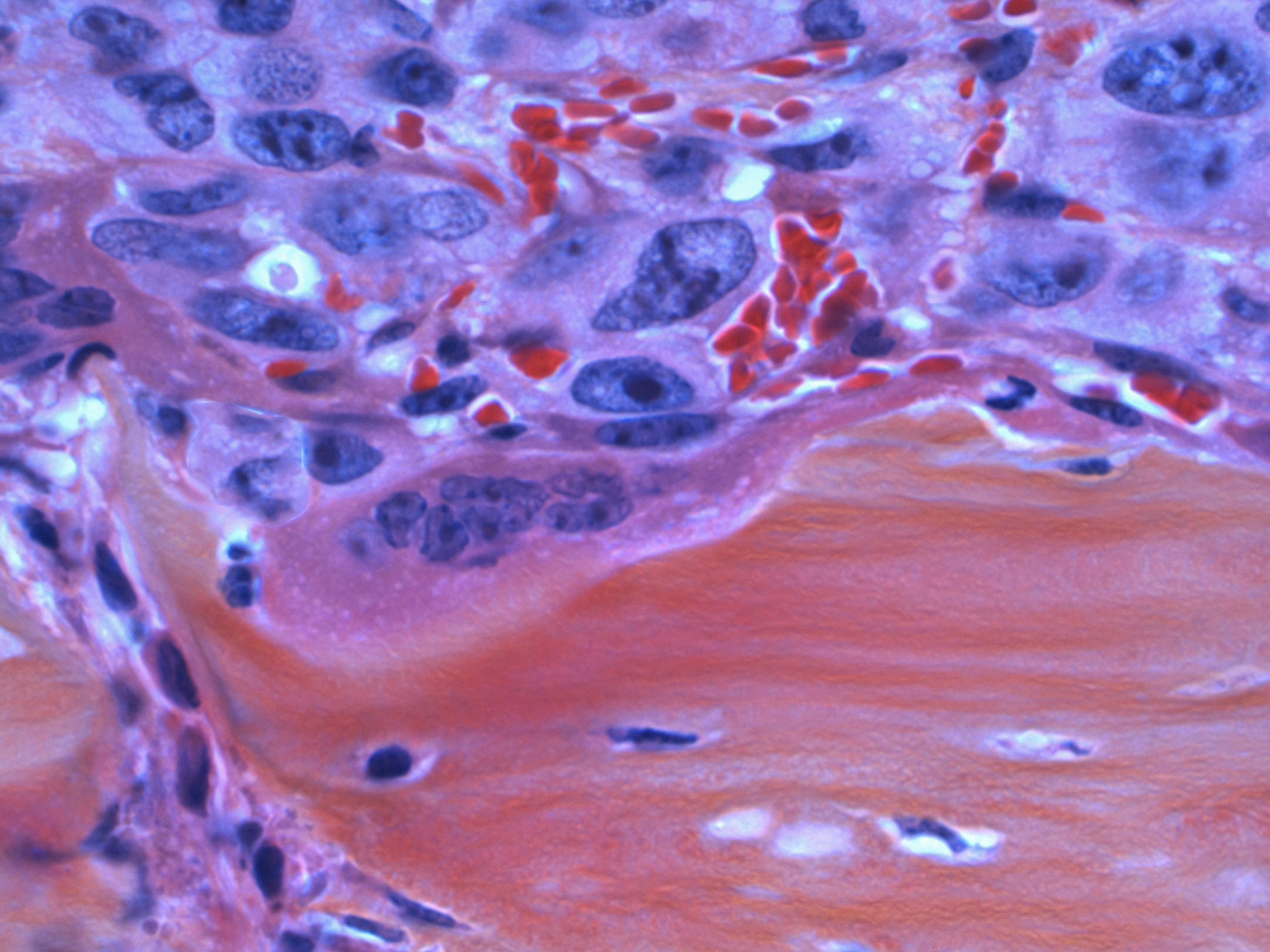cross-posted from: https://lemmit.online/post/3567461
Younger generations are facing a higher risk of cancer than their parents. Each successive generation born during the second half of the 20th century has faced a higher risk of 17 cancers, accordi…
This is an automated archive made by the Lemmit Bot.
The original was posted on /r/science by /u/mvea on 2024-08-01 06:59:55+00:00.
Original Title: Younger generations are facing a higher risk of cancer than their parents. Each successive generation born during the second half of the 20th century has faced a higher risk of 17 cancers, according to a US study. 10 of these cancers are linked to obesity.
I’m certain pollutants like microplastics and PFAS are contributing to increased cancer rates, but how much impact comes from better testing and longer lifespans leading to increased diagnosis of cancers that would otherwise be missed?
life expectancy is decreasing in the US.
also, is dying from cancer really something that got frequently interpreted as something else a generation ago? this isn’t like neurodivergence. your body filled up with tumors and you stop eating, nobody in the 70s was like, “must have been an accident.”
Family thought I was autistic, turns out it was just cancer.
I think the argument is more that longer lifespans allow for cancer to develop, but I don’t think you can say a given 80 year old is more likely to die of cancer than a heart attack or car accident so I don’t know that it would artificially inflate the cancer numbers anyway
From the abstract it appears to be age-adjusted rates
 very cool!
very cool!Also, I remember seeing this trashy My Strange Addiction show where this lady loved eating straight up plastic.
Each successive generation born during the second half of the 20th century has faced a higher risk of 17 cancers, according to a US study. The team looked at the incidence of 34 cancers and death rate of 25 for people aged 25-84 years from 2000 to 2019 using US cancer registry data to estimate the differences in risk between different birth cohorts. They say 17 of the 34 cancers studied had a higher incidence in younger birth cohorts. 10 of these cancers are linked to obesity, the researchers say, which means increasing obesity could play a role, and both declines and increases in specific cancers appear to mirror trends in smoking and alcohol use. The researchers say we need to do more work to understand the other factors contributing to this increased cancer risk so we can work on them.
put your
 away for now
away for nowAll that’s missing is a “thanks, boomers”
Anyway, I obviously didn’t write this but :
Cancer survival rates have improved significantly over the years, with considerable variations depending on the type of cancer. Here are some key statistics illustrating the overall improvements:
-
Overall Cancer Survival: The 5-year relative survival rate for all cancers combined has increased from about 50% in the 1970s to around 67% for cancers diagnosed between 2011 and 2017.
-
Specific Cancers:
- Breast Cancer: The 5-year relative survival rate for localized breast cancer is now over 99%.
- Prostate Cancer: The 5-year relative survival rate is nearly 98%.
- Childhood Leukemia: The 5-year survival rate for acute lymphoblastic leukemia (ALL) in children is now about 90%.
- Melanoma: The 5-year relative survival rate for localized melanoma is over 99%.
-
Significant Gains: Some cancers have seen particularly dramatic improvements due to targeted therapies and early detection methods. For example, chronic myelogenous leukemia (CML) now has a 5-year survival rate of around 70%, up from less than 20% in the 1970s, largely due to the development of tyrosine kinase inhibitors.
These improvements are a testament to the advances in medical research, treatment technologies, and early detection programs. However, survival rates can still vary widely based on factors such as the cancer type, stage at diagnosis, patient health, and access to care.
access to care.

Dark clouds are not hard to find with such determination.
If you are trying to urge optimism in the face of the US health care system, I am duly sworn to direct you to Hexbear’s Pessimism Policy Bulletin (PPB), which can be found here:
https://hexbear.net/ppb
The article wasn’t about cancer survival, it was about cancer incidence.
I’m convinced the reason they only look at 5-year survival rates is because this drops precipitously after 5 years because they induced chemo resistance.
Cancer is an evolutionary disease and we don’t treat it as such. In cases where a tumor isn’t immediately life threatening, it may be more helpful to maintain a treatment that only stops the growth of a tumor and maintains it at that level rather than nuking it from orbit. It would allow us to mitigate treatment resistance by rotating through therapeutics and have reduced side effects on the patient.
If the typical chemo nuke doesn’t kill ALL of the cancer, it’s going to come back stronger. We have other models where we treat this way for evolutionary threats and it’s proven effective.
It sounds like you know at lot more about it than me!
Your info was good, I was just meaning to build on the conversation and vent some of my frustration at the field.
-

God damn these bullshit press release articles. The study was posted in fucking Lancet and the summary is this C-minus middle school effort. Science “journalists” get the wall too.
I LOVE PLASTIC
i love living in the best of all possible worlds
Death to America
How much of this “rise” is really just an increase in our technology for detecting cancer?
Yeah science journalism is really fucking bad unless it comes directly from a science publication, with maybe a few exceptions
A Reddit link was detected in your post. Here are links to the same location on alternative frontends that protect your privacy.









